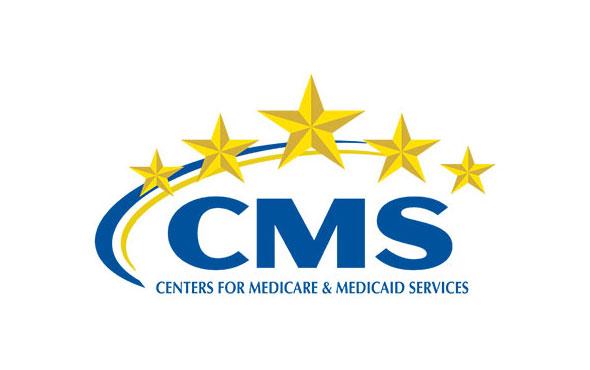The wait is over! Today 400 Medicare Advantage and 55 Part D plans received the final 2021 Star Ratings from the Centers for Medicare and Medicaid Services (CMS). This is always a milestone day for every Medicare organization. Plans who perform well receive higher quality bonus payments and rebates, and have been shown to outperform lower-rated competitors in member acquisition and retention.
This is also a big day for mPulse as we look at the role of member experience and engagement in determining a majority of each plan’s summary rating. Even in this year’s release where CAHPS and HEDIS data is carried over from the 2020 ratings, we see how CMS changes and increasing Part D competition make a major impact on performance. So, as our team looks at the 2021 data, we are always looking at the implications for the dozens of Medicare plans we partner with and member engagement overall.
Here are some themes that stand out to us:
Mostly Neutral and Negative Movement for Plans
The Medicare quality landscape got even more competitive this year, continuing a trend we’ve seen from CMS in recent years to push for more stratification between plans in ratings. While the number of 5-star plans increased by one, the overall number of plans at or above 4 stars declined by a net of 16. While the 2020 ratings saw an impressive 52% of contracts at or over 4, this year’s group will drop to 49% of MA-PD contracts. With many data sources remaining static, a lot of the negative movement plans experience will be due to cut point shifts, weighting updates, and the measures that weren’t impacted by COVID-19 changes.
This year’s data aside, the number that jumps out the most at us today is 212. That’s the number of MA-PD contracts appearing as “too new to be measured” this time, compared with the 400 actually measured. Established plans have to prepare for these newer contracts to pursue higher ratings with intense focus, knowing that a poor start can be difficult to recover from.
mPulse is working with both long-standing plans that are evolving their quality strategy to protect high rating, as well as newer contracts that want to compete with high–rated plans immediately. The common theme we’ve heard from both types of teams is that they know they need to do more than the standard quality improvement playbook. They’re going beyond traditional engagement channels and provider-relations-centric approaches, using partners like mPulse to differentiate member experience and activate each of their members. Today’s news will only accelerate those trends.
CAHPS Weighting Adjustments Have an Impact
Member experience is a major topic in Medicare and these 2021 ratings are a reminder of why. This year was supposed to be a transitional period where non-flu CAHPS measures move from 1.5x to 2x weight before eventually moving to 4x in 2022 and 2023 ratings (the measurement year of 2021, coincidentally). But since CAHPS data was carried over from last year’s ratings due to COVID, plans are in the unexpected situation of seeing the same data impact their overall rating more, with good being better and bad being worse.
While many plans will be frustrated to see CAHPS improvement efforts not reflected today, the work they have done and strategies they put in place now will have a huge impact soon. Plans that have relied on meeting call center requirements and fielding proxy CAHPS surveys are moving towards dedicated CAHPS/HOS strategies and member engagement solutions focused on Member Experience. As we see what a 25% increase in measure weight looks like today, plans are thinking about how they can understand and improve member satisfaction next year, where the weight will increase by another 100%.
We’re working with our partner plans to create new, conversational touchpoints with members and feed critical experience data back to the entire organization – helping them make decisions driven toward improving CAHPS and HOS scores before the next major weight jump.
Medication Adherence Is Even More Competitive
As expected, the measures least impacted by the COVID changes were the ones to experience the most cut point movement. These measures represent an important area of focus for plans heading into next year. The Medication Adherence measures were at the top of this list with their traditionally narrow cut points and triple weighting. These measures saw a uniform drop in average MA-PD rating of .1 to .2 stars, and the SUPD measure, 3x weighted for the first time, dropped .4 stars on average. Plans that did well in these Part D measures will be very pleased today since they faced strong headwinds this year.
Medication Adherence is one of the key measure sets for plans that work with mPulse since so much of success depends on member action. It’s another area where intense plan competition is only going to increase as more plans look to improve adherence in their entire populations and go beyond simple refill reminders. Connecting members to initiatives like 90-day supplies and mail order pharmacy, as well as gathering data on barriers to adherence helps plans improve their measures and make better decisions about pharmacy quality strategy.
Understanding why an individual member isn’t adherent helps us get the right resource to them immediately via mobile channels while helping build a better understanding of what we need to do to help the entire population improve. That sort of understanding is critical as plans look to deal with ever-higher cut points and even more competitors going forward.
The 2021 ratings are going to be remembered for all of the unusual circumstances impacting them. But for all of the carried-over data, impending weight shifts, and large number of new contracts, we think they tell a consistent story. Medicare Advantage plans will continue to succeed in large part by how well they engage their members to deliver a differentiated experience and drive vital actions to improve their health. We join our MA-PD customers in looking forward to a more “normal” 2022 rating set, and are excited to deliver solutions to help them reach their organizational goals, create innovative experiences for members, and ultimately better serve the people they care for.



